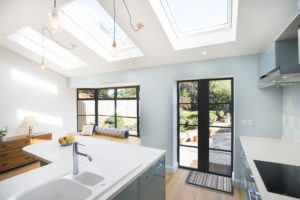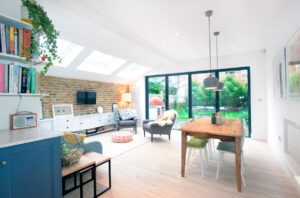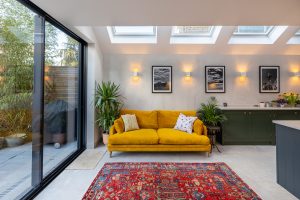Are you tired of your home feeling lacklustre and dull? Do you find yourself scrolling through Pinterest, longing for a beautifully decorated space with pops of colour and pattern? Perhaps your home recently underwent an extensive renovation or home extension, and you find yourself staring at a blank canvas. If this sounds familiar, you’re not alone!
The problem with decorating is that many homeowners tend to stick with safe, neutral colours. As a result, they create a look that is lacking in character and personality. This can leave the space feeling uninviting and unappealing, making it difficult for homeowners to truly feel at home. Adding a pop of colour and pattern to your decor allows you to create a home that is uniquely yours and reflects your style.
So, whether you’re a seasoned decorator or a beginner looking for some creative tips, we’ve got you covered. In this article, we’ll show you how to creatively use colour and pattern in your home that’s both stylish and unique.
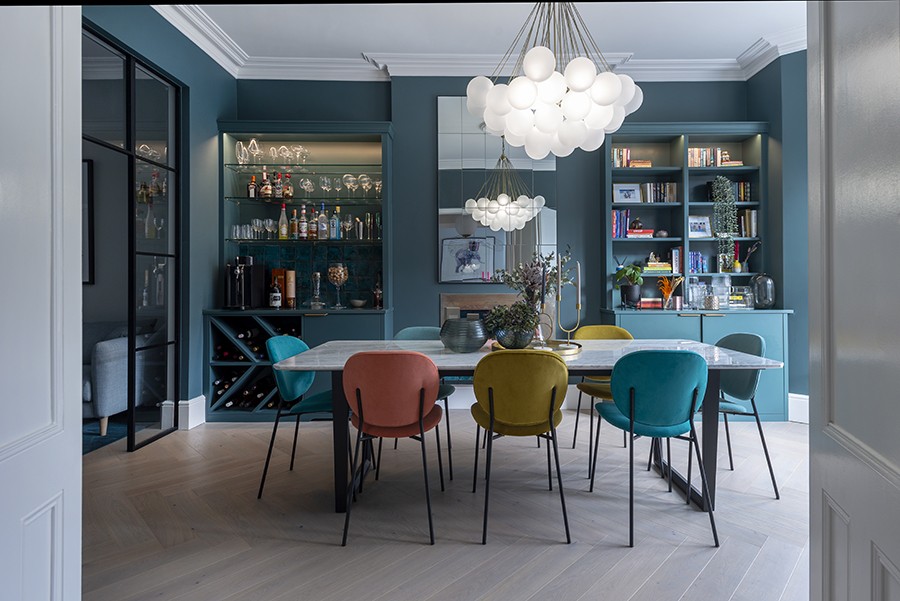
The Benefits of Hiring a Professional Interior Designer
Decorating your home can be a stressful experience, but working with a professional interior designer can make the process much more enjoyable. They can take care of all the details, from planning and design to implementation and installation, leaving you free to enjoy your newly decorated home.
A professional interior designer has the knowledge and experience to create a cohesive, well-designed space that reflects your style and personality. In addition, their expertise can provide you with valuable advice on colour schemes, furniture, and accessories.
Furthermore, interior designers have access to a wide range of resources, including suppliers and tradespeople saving you time and money in the long run. This also means they can help you source the best materials and products for your project. This will help you avoid costly mistakes and maximise your budget.
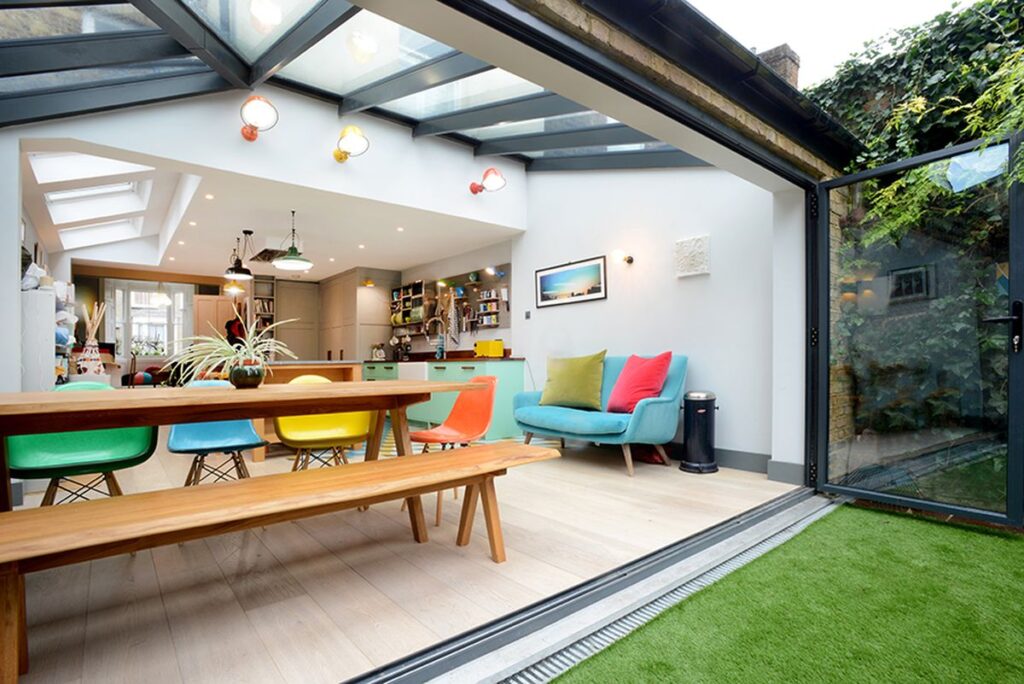
How to Use Bold Colours to Make a Statement
Experimenting with bold colours in your home can be intimidating, but when done right, it can make a significant impact. The key to adding bold colours successfully is to start small and choose a single focal point in the room. For example, you can choose a bold accent wall or a brightly coloured piece of furniture, such as a deep blue sofa.
The first step is to consider the other colours in the room. A monochromatic colour scheme (using different shades of the same colour) can create a harmonious look and feel. Alternatively, you can use complementary colours to create a striking, bold effect. For example, pairing a bold red with a deep green can create a dramatic and eye-catching colour scheme.
However, remember to balance bold colours with neutral colours and textures. This will prevent the room from feeling chaotic. Following these tips, you can create a beautiful space by adding bold colours in a thoughtful and intentional way.
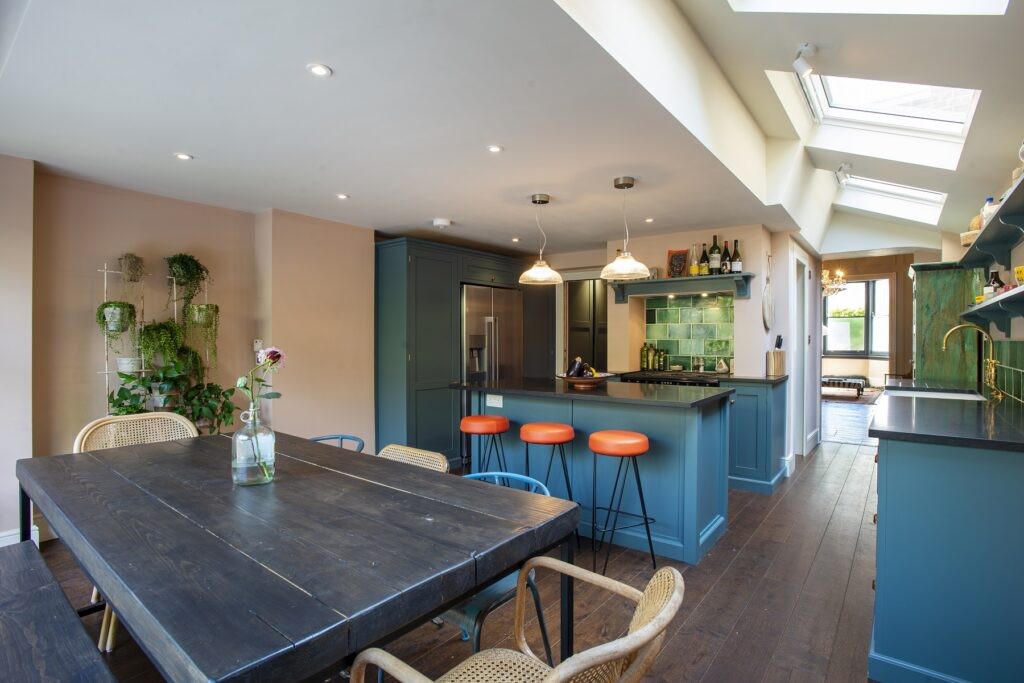
Combining Colours and Patterns Effectively
A common strategy is to select a colour scheme that contains both neutral and striking colours. As a result, the room will feel balanced. For instance, you may add a patterned rug and vibrant blue decorative cushions to a beige sofa that is neutral in colour.
A different approach would be to combine and contrast several patterns. However, pick designs that go well together when you combine them. For example, you may combine a floral print with a geometric pattern if they have complementary colour schemes. You can also combine designs with various scales, such as a large-scale floral and a small-scale polka dot.
Most importantly, remember to take into consideration the room’s overall design. A room can feel busy if too many patterns or colours are present. On the other hand, you can create a stunning and harmonious space by deliberately using colour and pattern.
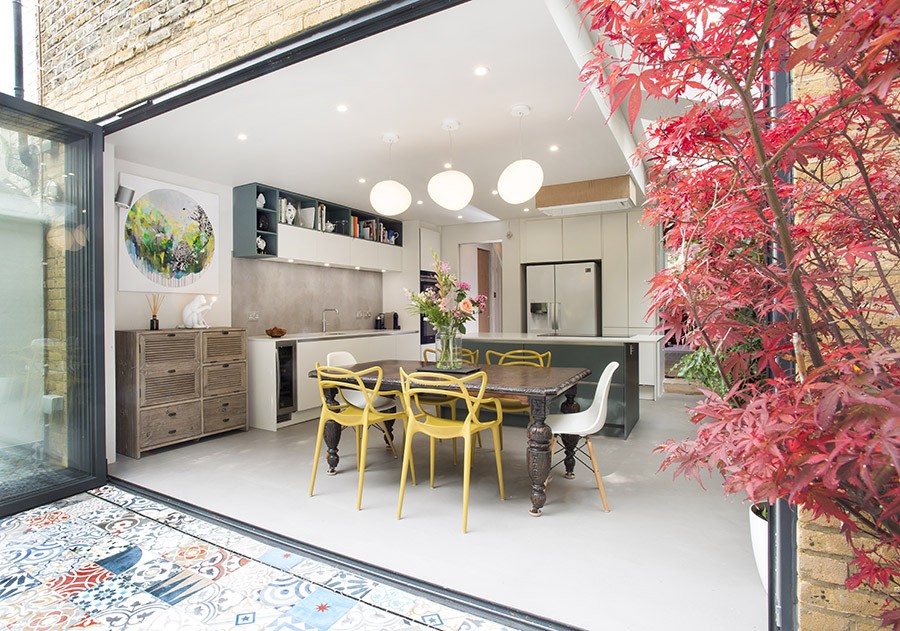
Using Home Decor to Add a Pop of Colour
Chairs, rugs, and artwork can all be effective accent pieces when it comes to adding colour to a room. You can create a visually appealing interior by simply selecting vibrant furnishings with complementary colours.
When you’re adding a pop of colour, always take into consideration the existing colour scheme in the room. Look for colours that contrast or enhance the ones already present. Always choose pieces that will enhance the space’s visual appeal without being overpowering.
A different approach is to use accent pieces to create a focal point. For instance, a striking piece of art might act as the focal point whilst also adding a pop of colour. Don’t be afraid to mix and match different patterns and textures when introducing accent pieces. By selecting pieces with different patterns and complementary colours, you can add depth and dimension to the room.
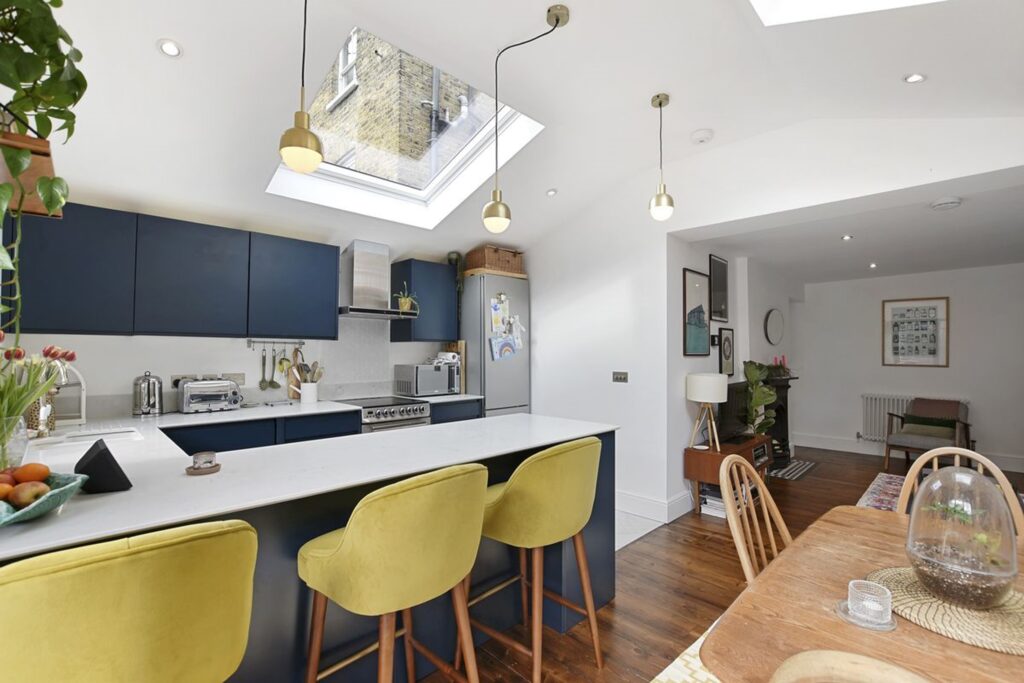
Decorating with Warm Tones
Using warm tones in your home decor can create a cosy and inviting atmosphere. Warm hues, such as earthy reds, oranges, and yellows, can add warmth and vibrancy to a room. One approach is to use warm tones in fabrics, such as curtains, rugs or bed linen, to add pops of colour and interest.
Another popular approach is to use warm tones in larger pieces of furniture, such as a sofa or upholstered bed. This can create a sense of cosiness and comfort in the room. However, remember to balance them with neutral colours not to overwhelm the room.
Additionally, consider using warm lighting in the room to create a cosy and inviting atmosphere. Soft, warm lighting can add a sense of warmth and comfort to the space, enhancing the warm tones of the colour scheme, furniture, and home decor.

Mixing and Matching Patterns in Your Home Decor
Mixing and matching patterns can add interest and dimension to your home decor. However, it’s essential to do so in a way that is balanced and cohesive. One approach is to choose a colour palette and stick to it when selecting patterns. This can help create a cohesive look, even when using different patterns.
Another approach is to vary the scale of the patterns used. For example, pairing a large, bold pattern with a smaller, more subtle pattern can create a visually interesting look. It’s also important to consider the texture of the patterns used. Pairing patterns with different textures, such as a rough wool rug with a silky-smooth throw pillow, can create depth and dimension in the room.
When mixing and matching patterns, remember to balance them with neutral colours and solid pieces of furniture. This can prevent the room from feeling overwhelming or busy. A good rule of thumb is to use one large, medium, and small pattern in each room.


